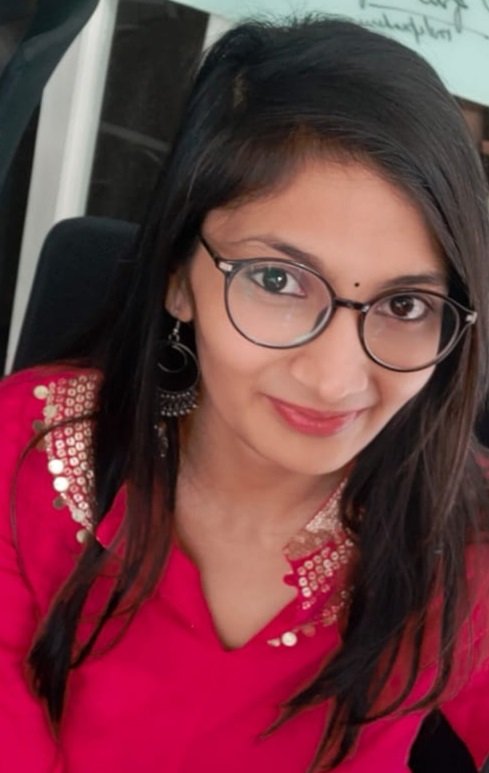In recent years, more unmarried women have taken the bold step of purchasing their own homes, symbolising financial independence and self-sufficiency. However, the journey to homeownership is not without its hurdles. Unmarried women often face a unique set of challenges when applying for home loans. Understanding these obstacles is crucial, not only for prospective homebuyers but also for financial institutions striving to offer more equitable solutions. This article delves into the key challenges faced by unmarried women in securing home loans and explores ways to overcome them.
What difficulties do single women face when applying for a home loan?
Single women applying for home loans often face distinct challenges that can hinder their ability to secure financing. These include:
Requirement of a co-applicant
Single women often encounter a higher probability of being asked to bring in a co-applicant when applying for a home loan, a hurdle that their married or male counterparts may not face as frequently. While most lenders do not openly mandate a co-applicant, they often subtly impose this requirement by insisting on a guarantor for the loan. This can be particularly challenging for single women, as finding a reliable co-applicant or guarantor who meets the lender’s criteria can be difficult. The insistence on a co-applicant reflects underlying biases about a single woman’s financial stability, which can complicate the loan approval process.
“Most banks require single women borrowers to have a co-applicant to secure a loan,” said a sales agent from a private bank. “Even though the property is mortgaged with the lender, they want to avoid the complications of repossession and prefer having a co-applicant from whom they can recover the loan if needed.”
Debt-to-income disparities
Housing prices have surged in recent years, creating additional challenges for single women who, on average, earn lower salaries compared to men. This income disparity makes it harder for single women to qualify for the homes they desire, as income is a critical factor in mortgage approval. Lenders closely evaluate how much of a borrower’s monthly income will go towards the mortgage payment, and those with a lower income-to-debt ratio may find it difficult to secure the loan amount they need. The combination of rising property prices and lower average salaries places single women at a distinct disadvantage when applying for home loans.
Lower loan amounts
Even when a single woman has a satisfactory income, she may still face the challenge of being offered a lower loan amount compared to what she qualifies for based on her financial profile. This often stems from lenders’ cautious approach towards single women borrowers, who are perceived as higher risk due to potential future financial commitments or life changes. The lower loan amount may limit their ability to purchase a home in their desired location or of a certain size, further complicating their journey towards homeownership.
Real-life struggles of single women navigating home loan hurdles
Akanksha Mishra, a single woman residing in a rented apartment in Sector 121, Noida, recently applied for a home loan from a major private bank to purchase a 3-BHK apartment in a high-rise in Greater Noida’s Sector 2. She had already made a 20% down payment. The bank, however, required her to have a co-applicant to proceed with her application.
“They told me that my application couldn’t move forward without a co-applicant,” Akanksha explained. “I didn’t have any relatives or friends who could take on such a significant financial liability, so I had to inform the seller that I couldn’t secure the loan and withdraw from the purchase. It took some time to get my down payment refunded, and the home I was excited about was sold to someone else just a week later.”
In another instance, Sunita Agarwal, an unmarried woman living in Jawahar Nagar, Jaipur, applied for a home loan of Rs 38.8 lakh to purchase a 4-BHK apartment worth Rs 48.5 lakh in Jaipur’s Mansarovar area. She had already made a 20% down payment of Rs 9.7 lakh and requested the bank to cover the remaining 80% as is customary. Despite having a solid income and credit score, and knowing several male friends who secured larger loans with lower incomes and credit scores, she was also required to provide a co-applicant.
“Since this was a mandatory requirement, I had to list my mother, who is a housewife, as the co-applicant. I didn’t have anyone else who could take on this role. The bank informed me that a non-earning co-applicant like my mother wouldn’t significantly support my application. Although they were willing to approve my loan, they could only offer Rs 30 lakh. I had to arrange an additional Rs 8.8 lakh to get the Rs 30-lakh loan sanctioned. Finding that extra amount was extremely challenging, but with help from my family and employer, I managed to secure it. Nonetheless, the entire process was incredibly stressful,” Sunita shared.
Why are banks more cautious of single women borrowers?
Banks tend to be more cautious when lending to single women due to various perceived risks and challenges, such as:
Perceived financial risk
Banks often perceive single women borrowers as higher risk compared to their male or married counterparts. This perception stems from concerns about financial stability and the potential for future life changes, such as marriage or childbirth, which could impact the borrower’s ability to meet loan obligations. This risk assessment can lead to more stringent requirements and higher scrutiny of single women’s financial profiles.
Income disparities
On average, women earn less than men, which can affect their ability to qualify for larger loan amounts. Banks are wary of approving high-value loans to single women due to the lower income levels and potential income instability. This cautious approach is meant to mitigate the risk of loan defaults, as lenders prefer borrowers with higher and more stable incomes.
Lack of support systems
Single women may have fewer financial safety nets compared to married individuals who might benefit from dual incomes or family support. Banks often consider the availability of support systems when evaluating loan applications, and the absence of such support can make single women appear less secure in their financial commitments.
Historical data and analytics
Historical data and internal analytics may show a higher default rate among single women borrowers. While these statistics are not always reflective of individual cases, they influence banks’ lending policies and practices, leading to increased caution when processing loans for single women.
Regulatory and policy constraints
Banks operate within a framework of regulations and internal policies designed to manage risk. There may be no explicit regulations mandating co-applicants or guarantors, but internal credit policies often reflect a conservative approach to lending, especially for perceived higher-risk categories, including single women.
“We frequently encounter requests from up the chain of command to deny home loans to single women borrowers unless they have a qualified co-applicant. While there is no law or RBI regulation mandating this, it’s an internal policy due to the fact that we have seen a higher default rate among single women,” said a home loan officer from a private bank.
Housing.com POV
The path to homeownership for unmarried women, while increasingly pursued, is filled with challenges. From the need for co-applicants to debt-to-income disparities and lower loan amounts, single women face obstacles that can complicate their journey to securing a home loan. Understanding these challenges is essential for both prospective homebuyers and financial institutions. For women striving for homeownership, awareness of these barriers can help in navigating the process more effectively. Simultaneously, financial institutions need to reassess their policies and practices to foster greater inclusivity and fairness. By addressing these issues and promoting more equitable lending practices, the path to homeownership can become less daunting for unmarried women, ultimately supporting their aspirations for financial independence and stability.
FAQs
Can a single woman get a home loan in India?
Yes, a single woman can get a home loan in India. However, she may face additional scrutiny, especially if the loan amount is substantial. Lenders assess her financial stability, income level, and credit score before approving the loan.
Can a non-working woman get a home loan?
A non-working woman can get a home loan, but it generally requires a co-applicant who has a stable income, such as a spouse, parent, or close relative. The co-applicant's financial profile becomes the primary basis for loan approval, as lenders typically need assurance that the loan can be repaid.
Is home loan interest less for females in India?
Yes, many banks and financial institutions in India offer lower interest rates for women home loan applicants, often 0.05% to 0.1% less than the standard rates. This discount is part of initiatives to encourage women’s homeownership and financial independence.
How can a low-income person get a home loan?
A low-income person can still obtain a home loan by opting for government-backed schemes like the Pradhan Mantri Awas Yojana (PMAY), which offers subsidies and lower interest rates. Additionally, choosing a longer loan tenure, having a co-applicant, or applying with a higher down payment can improve the chances of loan approval.
What difficulties do single women face while applying for a home loan in India?
Single women may face challenges such as the requirement of a co-applicant, lower loan amounts due to income disparities, and stricter scrutiny of their financial stability. These difficulties stem from perceived risks and institutional biases that can complicate the loan approval process.
| Got any questions or point of view on our article? We would love to hear from you. Write to our Editor-in-Chief Jhumur Ghosh at jhumur.ghosh1@housing.com |







